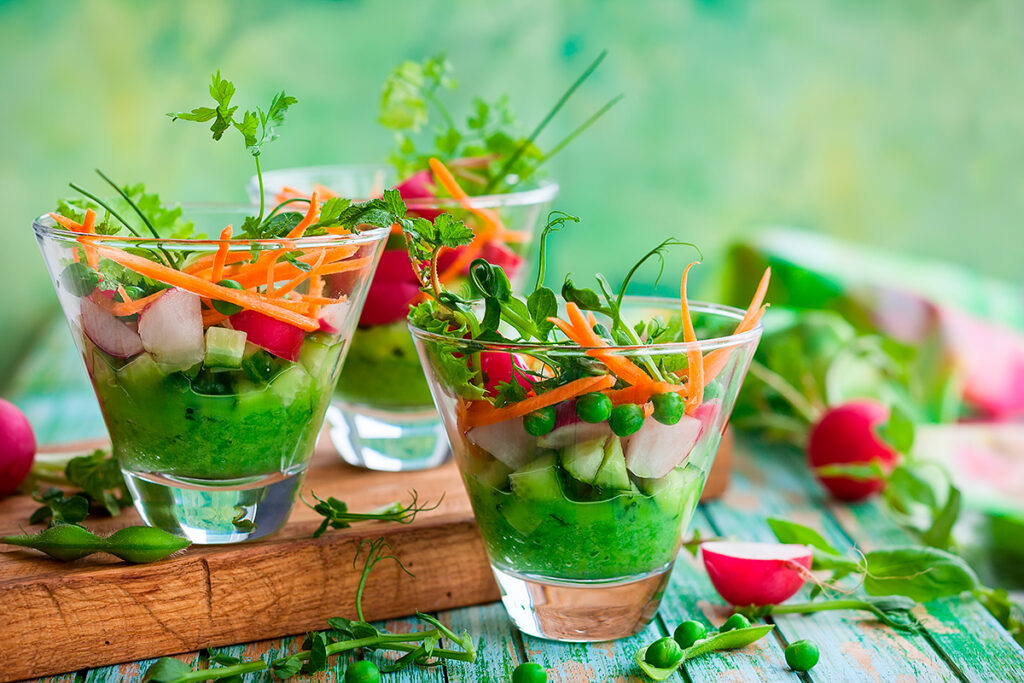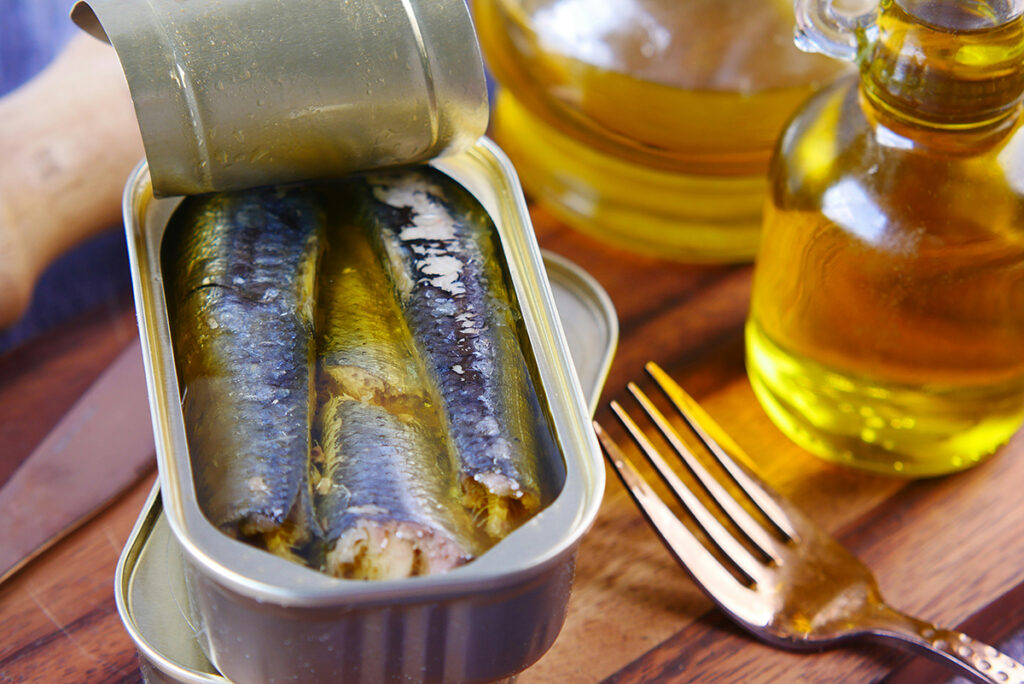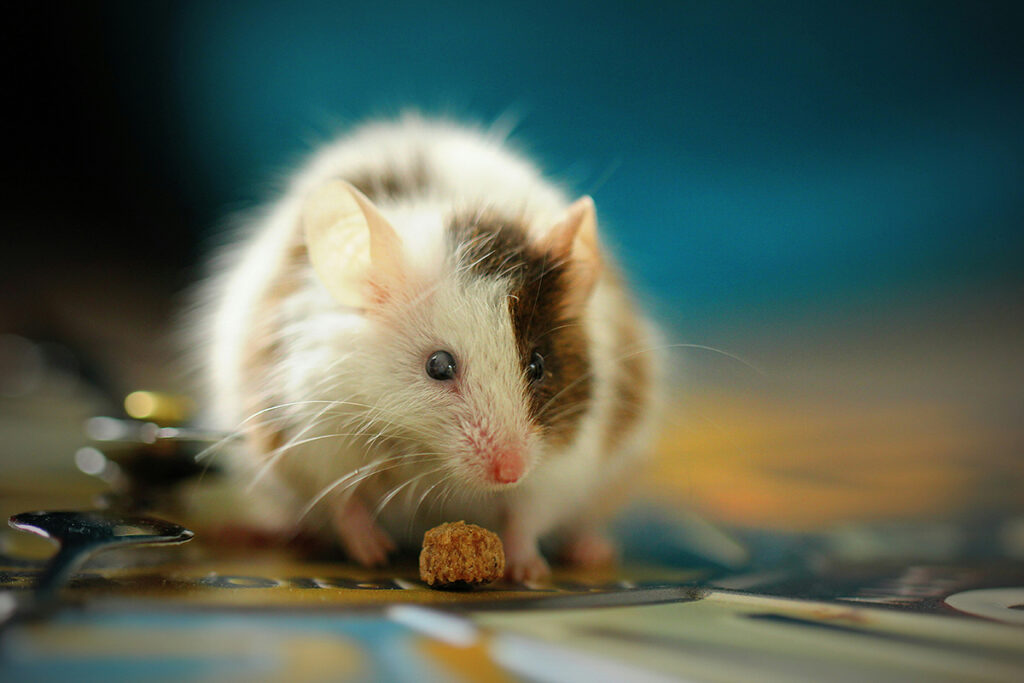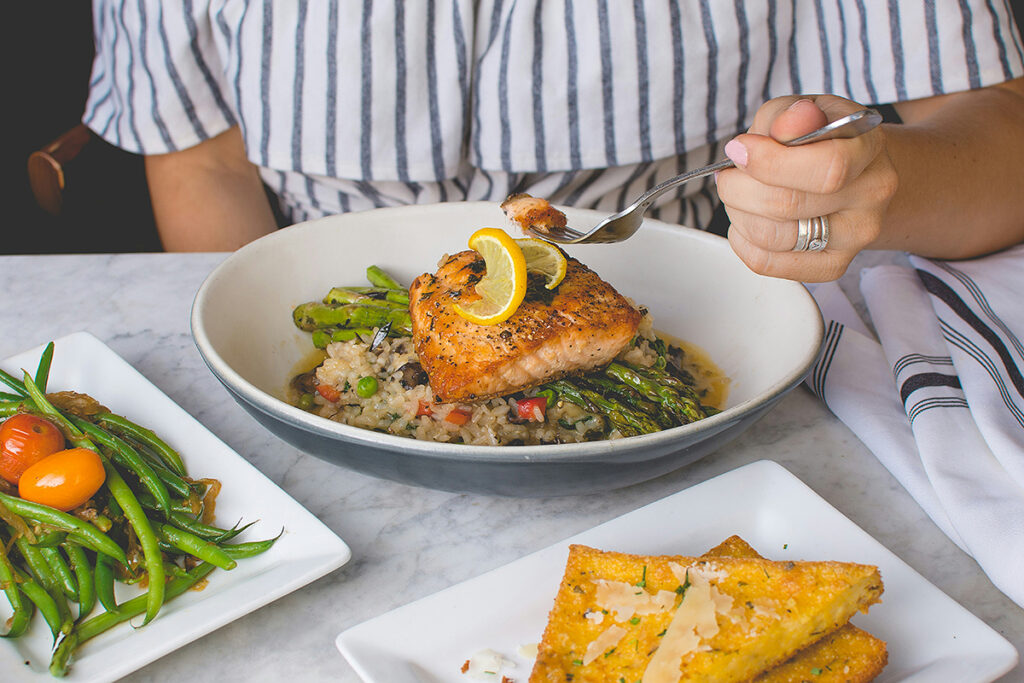Acne is a chronic inflammatory disease of the hair follicle and sebaceous gland that occurs due to environmental and individual factors, including genetics, hormonal imbalance, increased sebum production, abnormal keratinization of the epidermis, and bacterial growth. The disease is characterized by skin inflammation, comedones, pustules, and papules.
Italian scientists reviewed reputable medical research over the past 10 years on the effects of diet on acne. The review included 53 studies on nutrition and supplementation, such as fatty acids and whey proteins.
To avoid bias, the review excluded studies in which dietary intervention was combined with acne medication and vitamin supplementation (A, D, E, K, F, niacin, folic acid, B1, B2, B6, B12, pantothenic acid, biotin) and trace elements (copper, chromium, cobalt, iron, fluorine, iodine, molybdenum, manganese, selenium and zinc).
What Foods Cause Acne
Acne is promoted by high glycemic index/glycemic load (GI/GL) foods, dairy products, fatty foods, and chocolate.
Foods with a high glycemic index / glycemic load
As a result of eating a high GI / GL food, the level of glucose and insulin in the blood rises, leading to an increase in the level of IGF-1 protein and a decrease in the level of IGFBP-3 protein. Both proteins regulate cell growth. IGF-1 is an insulin-like growth factor, and IGFBP-3 is an insulin-like growth factor-binding protein.
Due to an increase in IGF-1 and a decrease in IGFBP-3, keratinocytes multiply excessively in the skin cells. In addition, the activity of androgens, male sex hormones, increases, contributing to increased sebum production. Both factors cause acne.
Conversely, low GI/GL foods reduce IGF-1 and androgen activity. However, the benefits of a low GI/GL diet are negated in the absence of concomitant weight loss. In addition, other factors play a role in the development of acne, such as an IGF-1 gene mutation or mental disorders. Psychiatric disorders can accelerate the formation of sebum and contribute to the onset or exacerbation of acne.
A US adult study found that participants with moderate to severe acne had higher insulin and IGF-1, higher insulin resistance, and lower concentrations of sex hormone-binding globulin than participants without acne.
Scientific evidence supports the benefits of a low glycemic load diet:
- 10 weeks of a low GN diet resulted in significant clinical and histological improvement in all types of adult acne.
- The low GN diet significantly reduced IGF-1 levels in adults with moderate to severe acne.
- Sweets, cakes, and chocolates consumed more than 3 times per week, fish consumption less than 1 time, and lack of fruit and vegetable consumption have been associated with acne in adolescents.
- In women, low consumption of raw vegetables has been associated with acne, while low or no high GI/GL foods have helped stop acne.
Dairy
Consuming milk or dairy products 3 or more times a week contributes to acne. The acnegenic effect of milk is associated with the content of hormonal components and other bioactive molecules: steroids, whey protein, growth hormone, and IGF-1.
Milk has a low GI, but its hormonal components can paradoxically increase blood glucose and insulin levels and stimulate sebum production, skin cell proliferation, TLR-2 innate immune receptor activation, and inflammation.
Skimmed and whole milk cause acne, meaning that milk’s fatty acids and cholesterol do not affect acne.
- Consumption of high GI/GL foods rich in carbohydrates and dairy products (one glass of milk, a bowl of yogurt, and a matchbox-sized piece of cheese) 3 times a week contributed to or exacerbated acne.
- Daily consumption of high GL foods, whole milk and dairy products, and tea with milk increased the risk of acne.
- Consumption of low-fat dairy products and skim milk is associated with moderate acne in American teenagers.
- Adolescents who consumed two or more glasses of milk a day 2-7 times a week and chocolate were more likely to suffer from acne.
- A study in male adolescent athletes who took whey protein supplements diluted in milk found that 2-4 weeks after supplementation was started, teens developed severe cystic acne on the face and upper shoulders.
- Another study was on a group of gym goers who took whey protein supplements for 60 days. Whey protein also had a comedogenic effect.
- Healthy male adolescents developed acne on the torso only after taking whey protein supplements as a concentrated formula diluted in 6-12 liters of milk (3-7 meals per week).
Fatty food
Frequent consumption of fried, spicy, fatty, fast food, saturated fatty acids, and trans fats provokes acne. This effect is associated with an increase in the level of IGF-1. However, the harmful effects of fatty foods can be counterbalanced by a higher intake of dietary fiber.
- Eating sweets, nuts, chocolate, and fatty foods have increased acne severity in high school students with mild to severe acne. There was no association between eating spicy food or fasting.
- 47% of patients reported an exacerbation of acne after eating high GI foods, fatty foods, dairy products, chocolate, meat, and nuts.
Chocolate
Frequent consumption of chocolate can exacerbate acne by increasing the keratinization of the epidermis and the multiplication of bacteria. The acnegenic effect of chocolate may be due to the flavonoids in cocoa beans and the milk and sugar that make up chocolate.
- Cocoa consumption significantly increased the average number of acne lesions in adult males, from 4 at baseline to 10 on day 7.
- In adults, 4 weeks of consumption of milk chocolate at 43 g per day caused a significant increase in acne compared with the control group.
- A study in adult men with one to four facial acne lesions demonstrated the effect of a single dose of chocolate. At the beginning of the study, participants consumed chocolate with 100% cocoa content from 28 to 340 g, then followed a regular diet for 1 week. The number of acne lesions increased significantly on days 4 and 7 and depended on the dose of chocolate consumed.
- Consistent consumption of dark chocolate (70% cocoa) at 10 g per day after lunch for 4 weeks has been associated with increased gram-positive microorganisms on the skin surface in young and middle-aged men without acne. Dark chocolate increased the epidermis’s keratinization in young people, not middle-aged men.
Other products
Some studies have reported acne when eating eggs more than 3 times a week, excessive amounts of cola and other sugary drinks, and salty foods. However, these data still require proof.
- Daily intake of large amounts of salty, but not spicy foods is associated with early onset and severity of acne in young and adult patients. Men consumed more salty foods and had more severe acne than women.
- In adolescents, consuming dairy products, chocolate, eggs, potato chips, and pizza more than 3 times per week has been associated with moderate to severe acne.
- Sugar in sodas, sweetened teas, and fruit-flavored drinks increased acne severity, especially when the total daily sugar intake was over 100 grams.
What Foods Protect Against Acne
Fatty acids, as well as the consumption of fruits and vegetables, inhibit the development of acne.
Fruits and vegetables
Green bananas, watermelon, greens, cruciferous and green peas consumed more than 3 times a week have anti-inflammatory and antioxidant properties and protect against acne. Unlike the Western diet, the Mediterranean diet is rich in fruits and vegetables. It is this that is most beneficial for acne patients.
- A study on adult women showed a strong association between acne and low consumption of fruits, vegetables, and fresh fish (less than 3 times a week).
- Processed fruit juices can cause acne. However, watermelon has a protective effect.
- In adolescents, frequent high-fat foods combined with low consumption of raw vegetables increased acne, while regular consumption of fresh fruit was protective.
- The prevalence of acne was higher among those who reported daily consumption of milk, corn, roast beef, and cakes and lowered among those who reported daily consumption of bananas.
Fish and essential fatty acids
Fish contains omega-3 fatty acids, which reduce skin inflammation and the expression of the pro-inflammatory chemokine IL-8.
Essential fatty acids (EFAs) may benefit some inflammatory dermatological conditions due to their anti-inflammatory properties. However, studies on the effects of EFAs on acne have shown conflicting results:
- Fish oil supplements containing omega-3 fatty acids have reduced some patients’ inflammatory and non-inflammatory acne lesions. In others, they did not affect the course of the disease.
- Borage (borage) oil, containing omega-6 fatty acid, improved skin conditions in acne. However, omega-6 from sunflower seeds worsen
Conclusions
The development of acne is influenced by many factors, among which nutrition plays an important role. Often, patients are aware that chocolate provokes acne. However, less is known about the detrimental role of dairy products and foods with a high glycemic load.
Most patients get their health and diet information from popular web pages. This information is not always supported by medical research and can sometimes be misleading.
This review is based on actual medical evidence over the past 10 years. Based on proven facts, each patient will be able to plan dietary behavior changes to defeat acne more rationally.
Useful article, necessary information? Share it!
Someone will also find it useful and necessary:
Reference
Diet and acne: review of the evidence from 2009 to 2020



